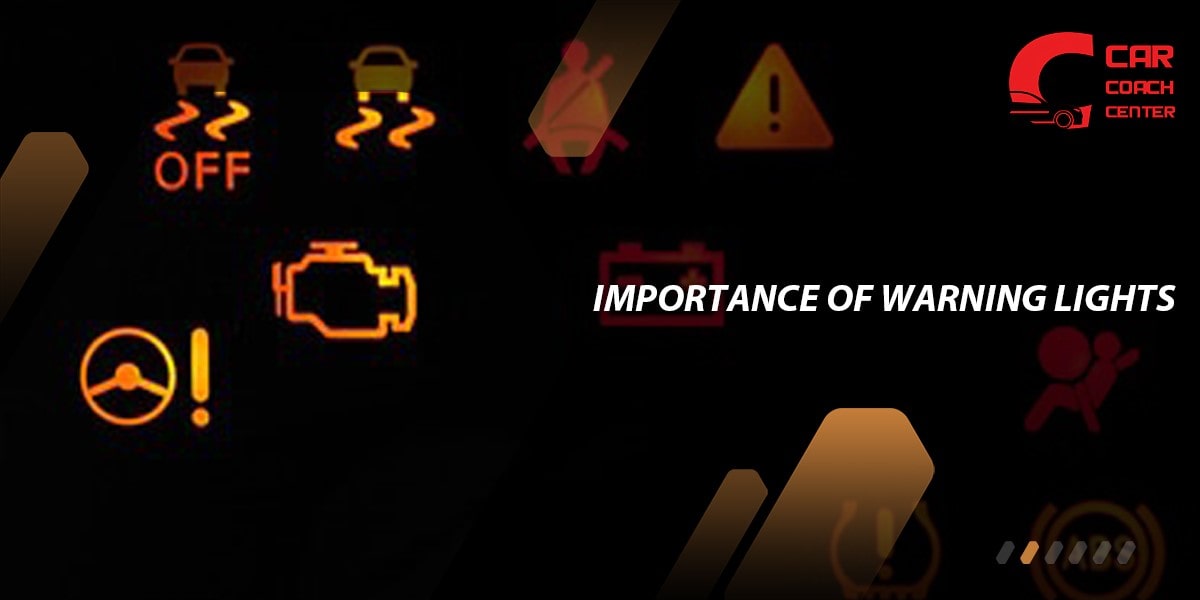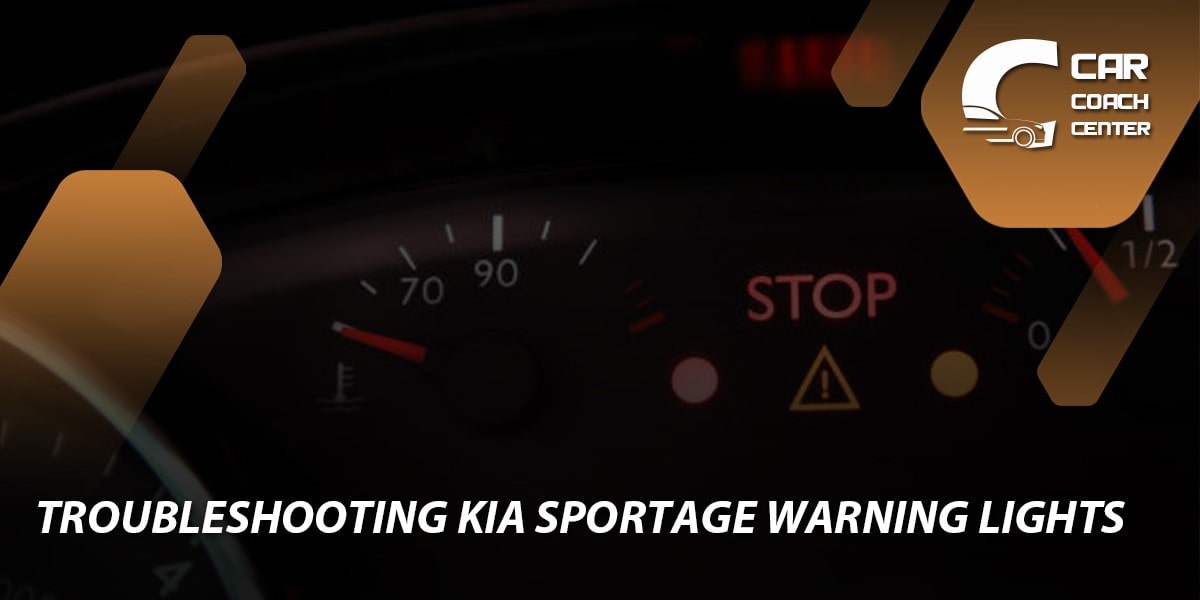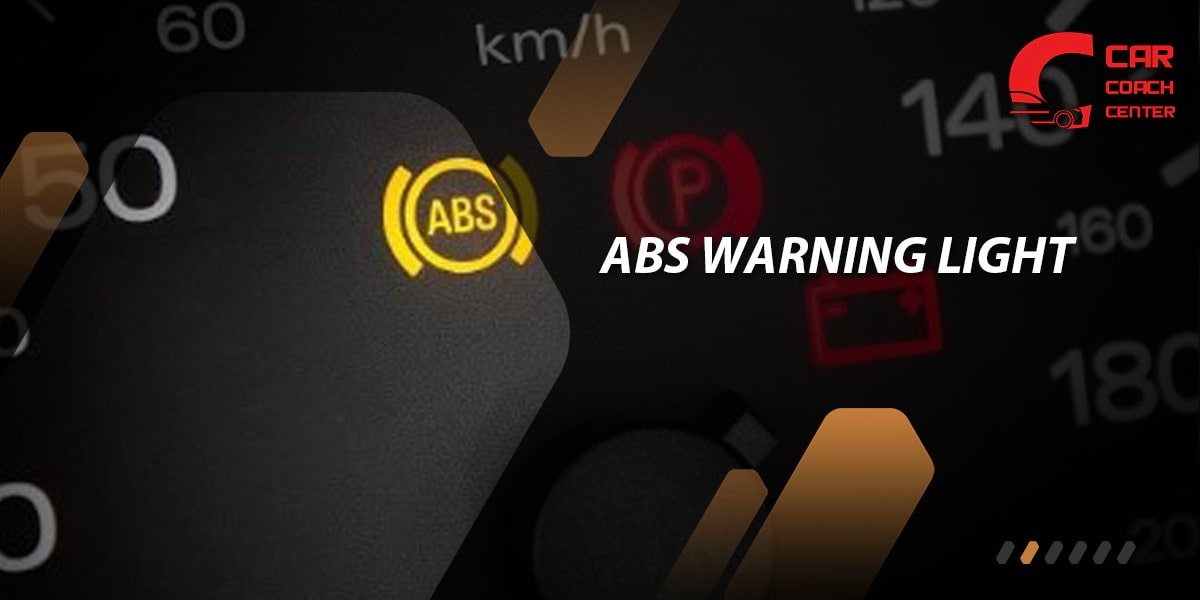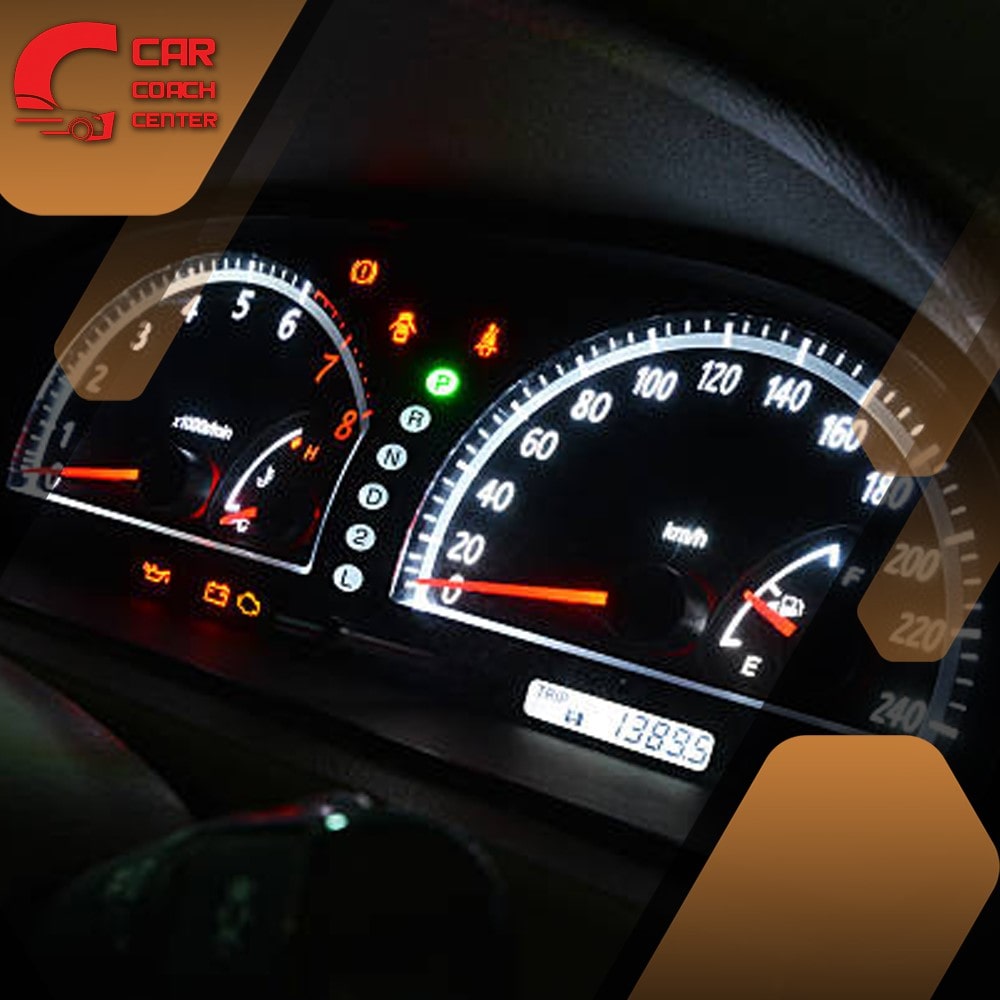Kia Sportage Warning Lights
As a Kia Sportage owner, it’s essential to be familiar with the warning lights that may appear on your dashboard. These warning lights serve as crucial indicators of potential issues with your vehicle. In this comprehensive guide, we will explore each warning light found in the Kia Sportage, explain their meanings, possible causes, and provide troubleshooting steps to address them effectively.
CarCoachCenter.com is an educational website and blog dedicated to providing valuable information and solutions for car owners and drivers, covering a wide range of automotive issues and topics.

Importance of Warning Lights
Warning lights are essential for vehicle safety as they alert drivers to potential problems with various systems. Understanding their significance allows you to take appropriate action and prevent further damage or accidents.
Common Kia Sportage Warning Lights
The Kia Sportage is equipped with a variety of warning lights on its dashboard to alert drivers of potential issues with the vehicle’s systems. Understanding the meanings of these warning lights is crucial for maintaining the safety and performance of your Kia Sportage.
Engine Oil Pressure Warning Light
The engine oil pressure warning light typically appears as an oil can symbol. When this light illuminates, it indicates that the engine oil pressure is low. Possible causes include low oil level, a faulty oil pump, or an oil leak. If this warning light comes on, it is important to pull over safely and check the oil level.
If the oil level is low, adding oil may resolve the issue. However, if the light continues to stay on, it is recommended to seek professional assistance.
Battery Warning Light
The battery warning light appears as a battery symbol and signals a problem with the vehicle’s charging system. It may indicate a weak battery, a faulty alternator, or issues with the electrical connections. If this light illuminates, it is advisable to check the battery connections for any loose or corroded terminals.
If the connections are secure, it may be necessary to have the battery and charging system inspected by a qualified technician.

Tire Pressure Monitoring System (TPMS) Warning Light
The TPMS warning light is represented by an exclamation mark inside a tire symbol. It indicates that one or more tires have low pressure. Low tire pressure can affect handling, fuel efficiency, and tire lifespan. When this light comes on, it is essential to check the tire pressure using a tire pressure gauge.
If the pressure is low, inflate the tires to the recommended levels. If the light persists after inflating the tires, there may be a puncture or a malfunctioning TPMS sensor, requiring professional attention.
ABS Warning Light
The ABS warning light is associated with the Anti-Lock Braking System. It appears as the letters “ABS” inside a circle. When this light illuminates, it suggests a problem with the ABS system, which helps prevent wheel lock-up during braking. Potential causes include a faulty ABS sensor or a hydraulic system issue.
If the ABS warning light comes on, it is still safe to drive, but the ABS functionality may be compromised. It is recommended to have the system checked by a qualified technician to ensure optimal braking performance.
Check Engine Light
The check engine light is represented by an engine symbol and is one of the most critical warning lights in a vehicle. When this light comes on, it indicates a problem with the engine or its related systems.
The causes can vary widely, ranging from a loose gas cap to more complex issues like a malfunctioning sensor or emission-related problems. If the check engine light illuminates, it is advisable to have the vehicle’s onboard diagnostic system scanned to retrieve error codes. These codes can help identify the specific issue, allowing for appropriate repairs or further diagnostics.
Airbag Warning Light
The airbag warning light appears as an image of a person seated with an airbag deployed. Its purpose is to ensure the airbag system’s functionality.
If this light stays on or illuminates while driving, it suggests a problem with the airbag system, such as a faulty airbag module or sensor. Since the airbags are essential for occupant safety, it is important to have the system inspected and repaired by an authorized service center.

Troubleshooting Kia Sportage Warning Lights
When a warning light illuminates on your Kia Sportage’s dashboard, it is essential to address the underlying issue promptly to ensure the safety and performance of your vehicle. When a warning light appears, it is important to take immediate actions to prevent further damage or ensure safety. These actions may include:
Checking fluid levels: For warning lights related to oil pressure, coolant temperature, or power steering, check the respective fluid levels and top them up if necessary.
Inspecting tire pressure: If the TPMS warning light illuminates, use a tire pressure gauge to check the tire pressure and inflate them to the recommended levels.
Checking connections: For warning lights related to the battery or power steering, inspect the battery terminals and power steering fluid connections for any loose or corroded connections.
Diagnostic Tools and Resources
To identify the specific issue triggering a warning light, you can utilize diagnostic tools and resources:
OBD-II scanner: An OBD-II scanner can retrieve error codes from the vehicle’s onboard diagnostic system, providing valuable information about the problem. You can either purchase an OBD-II scanner or visit a local auto parts store that often offers free code scanning services.
Online resources: Various online forums and websites provide information and troubleshooting guides specific to Kia Sportage warning lights. These resources can help you understand the potential causes and possible solutions for the issues indicated by the warning lights.
Common Causes and Solutions
Each warning light has its own set of common causes and potential solutions. Here are a few examples:
Engine Oil Pressure Warning Light: Low oil level or a faulty oil pump can trigger this light. Check the oil level and add oil if necessary. If the light persists, it is recommended to seek professional assistance.
Battery Warning Light: A weak battery or a faulty alternator may be the cause. Test the battery’s voltage using a multimeter or have it tested at an auto parts store. If the battery is faulty, replace it. For alternator issues, professional inspection is recommended.
The Check Engine Light Can Indicate Various Issues

ABS Warning Light: A malfunctioning ABS sensor or hydraulic system problem can cause this light to illuminate. Have the ABS system inspected and repaired by a qualified technician.
Check Engine Light: The check engine light can indicate various issues, from a loose gas cap to more complex engine problems. Retrieve error codes using an OBD-II scanner and refer to online resources or seek professional help for appropriate troubleshooting and repairs.
Conclusion
In conclusion, addressing Kia Sportage warning lights promptly is crucial for vehicle safety. Taking immediate actions, utilizing diagnostic tools, and seeking professional assistance when needed can help identify and resolve issues, ensuring a reliable and secure driving experience.
What does the check engine light indicate?
The check engine light is an indication that there is a problem detected within the engine or its related systems.
Why is the battery warning light on?
The battery warning light illuminates when there is an issue with the vehicle's battery or charging system.
What does the ABS warning light mean?
The ABS warning light indicates a malfunction in the Anti-Lock Braking System.
Why is the TPMS light illuminated?
The TPMS light, which stands for Tire Pressure Monitoring System, illuminates when one or more tires have low air pressure.
What does the engine oil pressure warning light indicate?
The engine oil pressure warning light illuminates when the engine oil pressure drops below the recommended level.
Why is the airbag warning light on?
The airbag warning light indicates a fault or malfunction in the airbag system.


